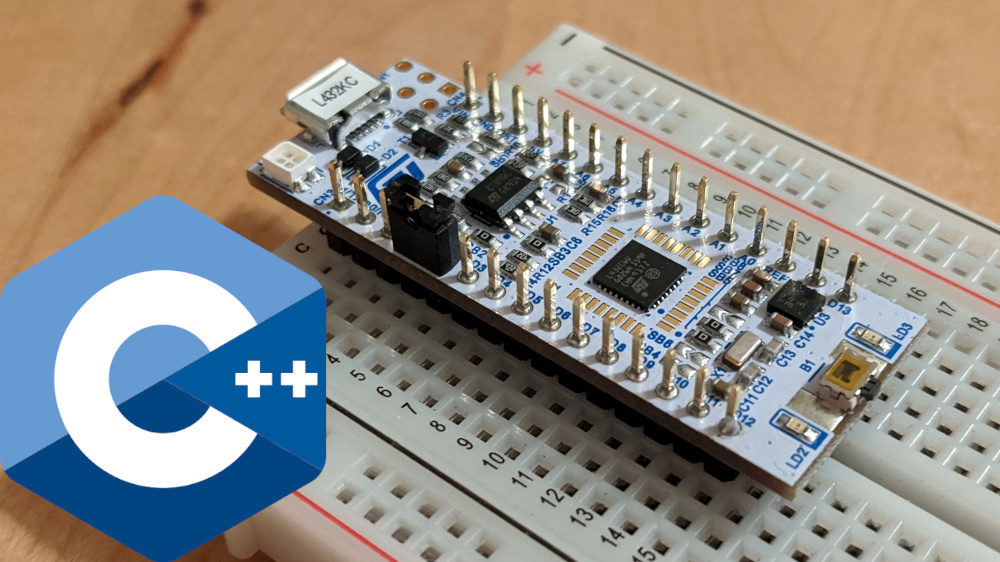

- #Stm32f4 free c compiler how to
- #Stm32f4 free c compiler update
- #Stm32f4 free c compiler manual
- #Stm32f4 free c compiler code
Uint32_t TIM3CLK_Frequency = multiplier * RCC_Clocks. Now I can calculate the correct frequency for the timer clock.

If they are the same, the prescaler is set to one. For that I can just compare the values of SYSCLK_Frequency and PCLK1_Frequency. However, all I need to know is whether or not it is set to one. There is no library function call that lets you get the value of the APB1 prescaler. In this case, the one I want is PCLK1_Frequency. This function fills a structure with the values for several key clock frequencies. There is an easy way to find the APB1 clock frequency by using the Peripheral Library function RCC_GetClocksFreq(). Referring again to the setup in system_stm32f4xx.c, I can see that the AHB prescaler is set to 1 and so I can determine that the actual frequency of the clock that drives the timer will be equal to twice the APB1 clock frequency.
#Stm32f4 free c compiler code
It would be better to have the setup code work all this out for me where possible.

Now it is possible to see from the diagram that the timer clock will be twice the APB1 clock frequency. In the system_stm32f4xx.c file, all the basic clock configuration is done and in my project the APB1 prescaler is set to 2. Operation of the timer, once it has a clock, will be the same. For other members of the STM32 family it might be a good idea to check the clock source. To clear up which APBX clock is used – the memory and bus architecture section (section 2) of the STM32F4 reference manual, DM0090, has Table 1 which shows that TIM3 is connected to APB1. Nor is it clear which APBx timer clock any particular clock peripheral is connected to. The diagram is ambiguous since it is not clear what determines the input frequency to the APBx prescalers.
#Stm32f4 free c compiler manual
This extract from the clock tree diagram in the reference manual shows that the actual frequency of the clock depends upon the value in the AHB and APBx prescalers. This clock is derived from the main system clock. The timer clockĮverything starts with the input clock to the timer peripheral. Specifically, by comparing the output from the TIM3 code with the pattern of LED flashing under SysTick control, it is possible to check the correct functioning of the timer code. Use is made of the SysTick setup described in an earlier article. Similar code for the HAL libraries may be made available at a later date. By setting ARR to different values, with appropriate choice of clock prescaler, the interval between interrupts can be set to any value in a very large range.Ĭode here will use the Standard Peripheral Libraries for the STM32F4, running on an STM32F4 Discovery board.
#Stm32f4 free c compiler update
Once CNT counts up to the value in the reload register, ARR, an update event can be made to trigger an interrupt. I will look at the simplest configuration with the counter,CNT, set to auto increment at a frequency chosen by you. This is the second in a series of articles on using the general purpose timer, TIM3, available on all the STM32 family processors.
#Stm32f4 free c compiler how to
This article shows you how to correctly set up the clock source, prescaler and ARR to get regular events over a wide range of frequencies. The simplest way to produce regular interrupts from a timer like TIM3 on the STM32 family of processors is to set up the Auto Reload Register (ARR) to generate an update event.


 0 kommentar(er)
0 kommentar(er)
